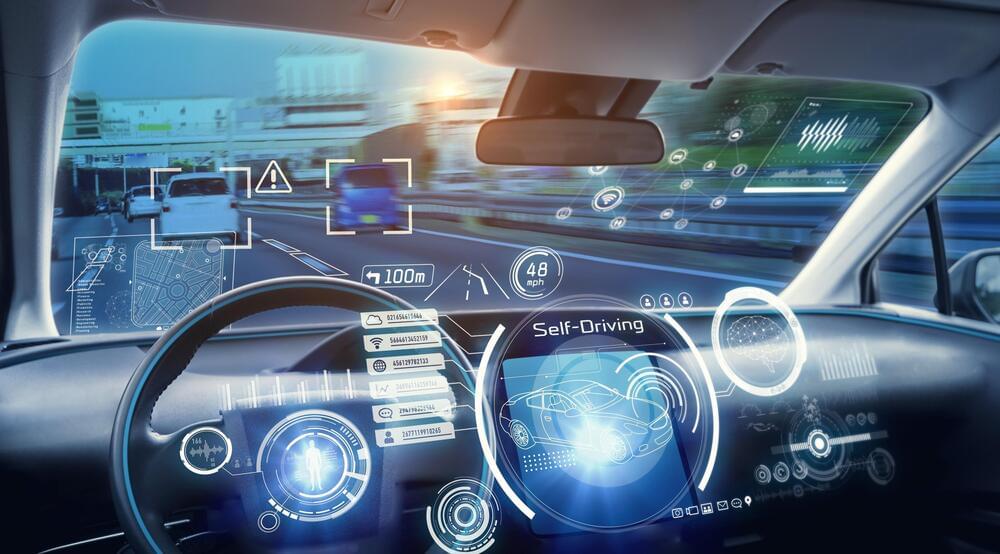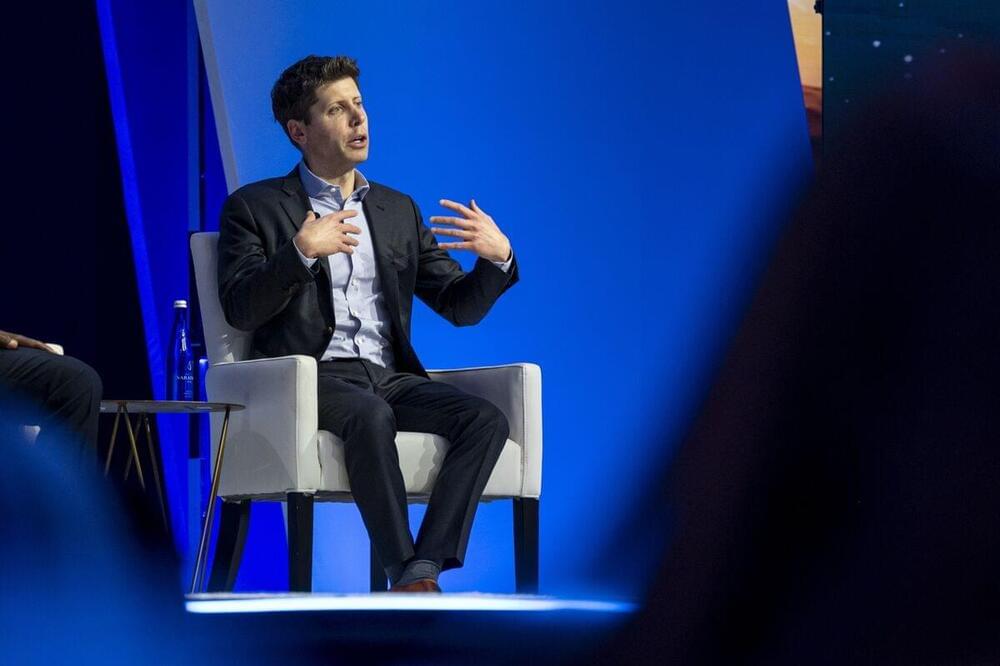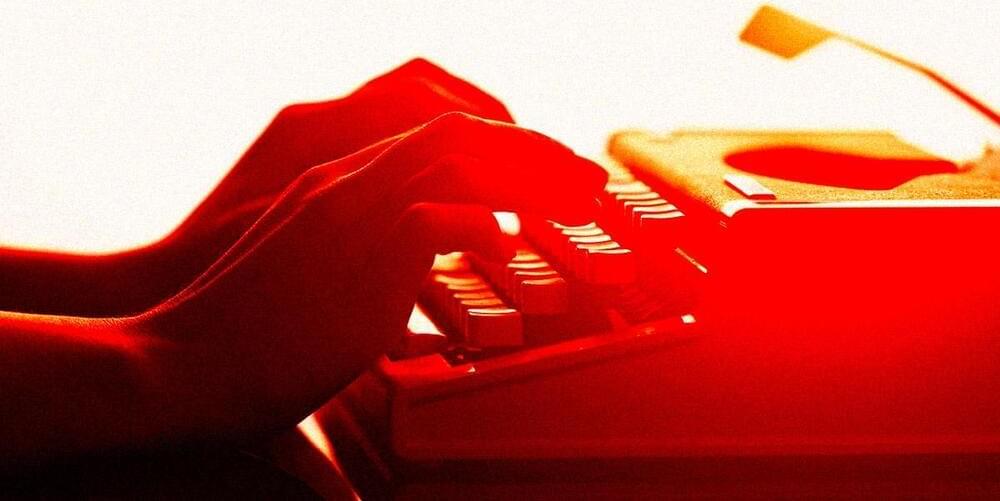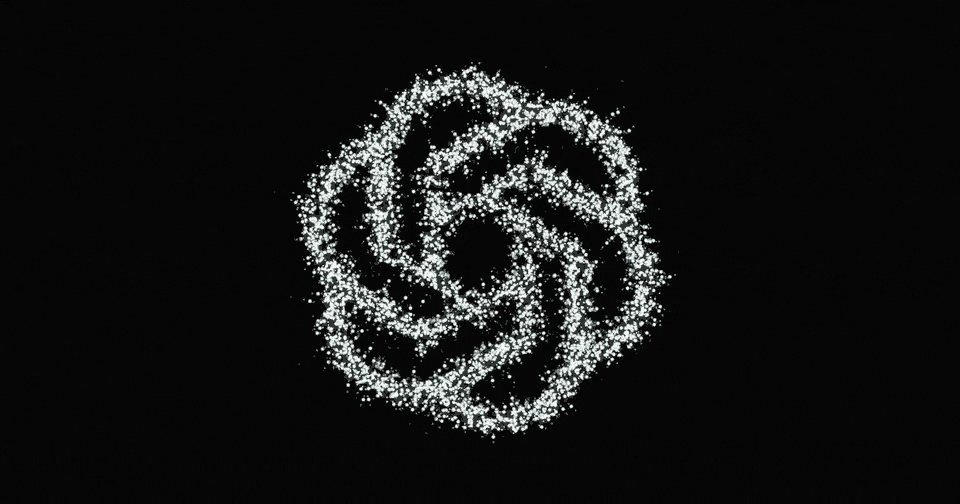Joining space technology and the automotive industry brings new economic and environmental benefits, but more investments and a faster pace are needed in Europe.



Meta, the parent company of Facebook, has made a groundbreaking development in brain-computer interface technology. They have unveiled an AI system that can decode visual representations and even “hear” what someone is hearing by studying their brainwaves. These advancements in brain-machine interface technology have the potential to transform our relationship with artificial intelligence and its potential applications in healthcare, communication, and virtual reality.
The University of Texas at Austin has developed a new technology that can translate brain activity into written text without surgical implants. This breakthrough uses functional Magnetic Resonance Imaging (fMRI) scan data to reconstruct speech. An AI-based decoder then creates text based on the patterns of neuronal activity that correspond to the intended meaning. This new technology could help people who have lost the ability to speak due to conditions such as stroke or motor neuron disease.
Despite the fMRI having a time lag, which makes tracking brain activity in real-time challenging, the decoder was still able to achieve impressive accuracy. The University of Texas researchers faced challenges in dealing with the inherent “noisiness” of brain signals picked up by sensors, but by employing advanced technology and machine learning, they successfully aligned representations of speech and brain activity. The decoder works at the level of ideas and semantics, providing the gist of thoughts rather than an exact word-for-word translation. This study marks a significant advance in non-invasive brain decoding, showcasing the potential for future applications in neuroscience and communication.



It’s an open secret that generative AI is terrible at coming up with original and creative writing.
In many ways, that’s to be expected, given its inherent nature — machine learning systems typically churn through the internet and remix what they’ve gobbled up, often in nonsensical or uninspiring ways.
To remedy the situation, some of Silicon Valley’s biggest AI companies are now resorting to hiring poets and writers with humanity degrees, Rest of World reports, which is an ironic twist, considering publishers have been laying off writers and editors while making big investments in generative AI.

The share of U.S. venture funding going to companies in the San Francisco Bay Area hit a multiyear high this year, boosted largely by the AI boom.
Altogether, companies in the region pulled in $49.3 billion in seed through growth funding to date, per Crunchbase data. That represents approximately 41% of the entire U.S. total, the highest share in years.

Move over Perseverance, a new kind of robot is coming to town.

Technology stocks rallied Monday as an eventful weekend in the burgeoning artificial intelligence space and a hotly anticipated earnings report drove optimism, sending several notable stocks to their highest level on record.
The Nasdaq is on pace for its fourth-best month in a decade, boosted Monday by more AI optimism.
